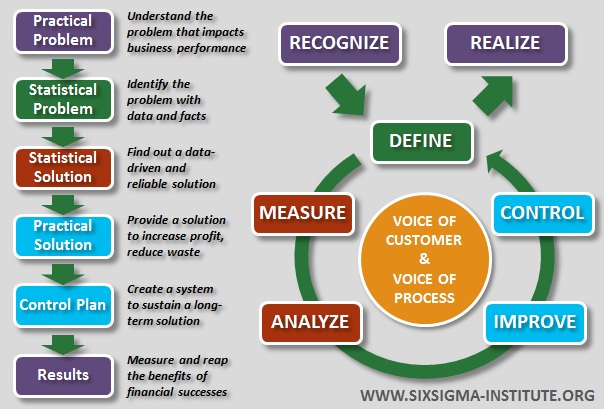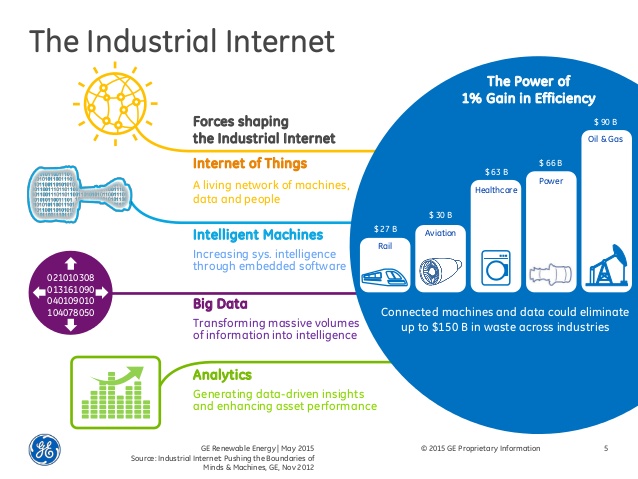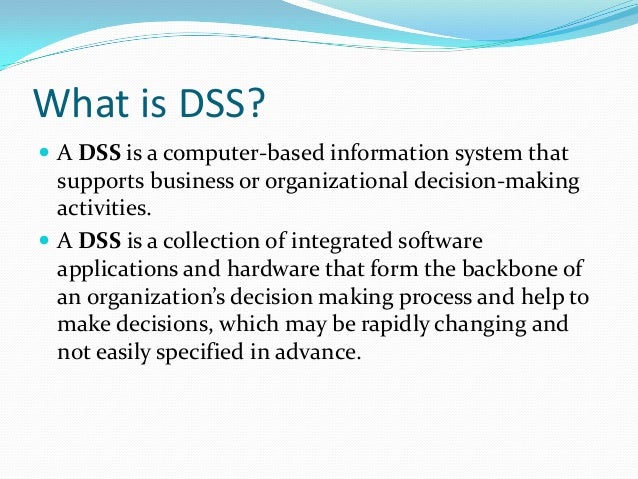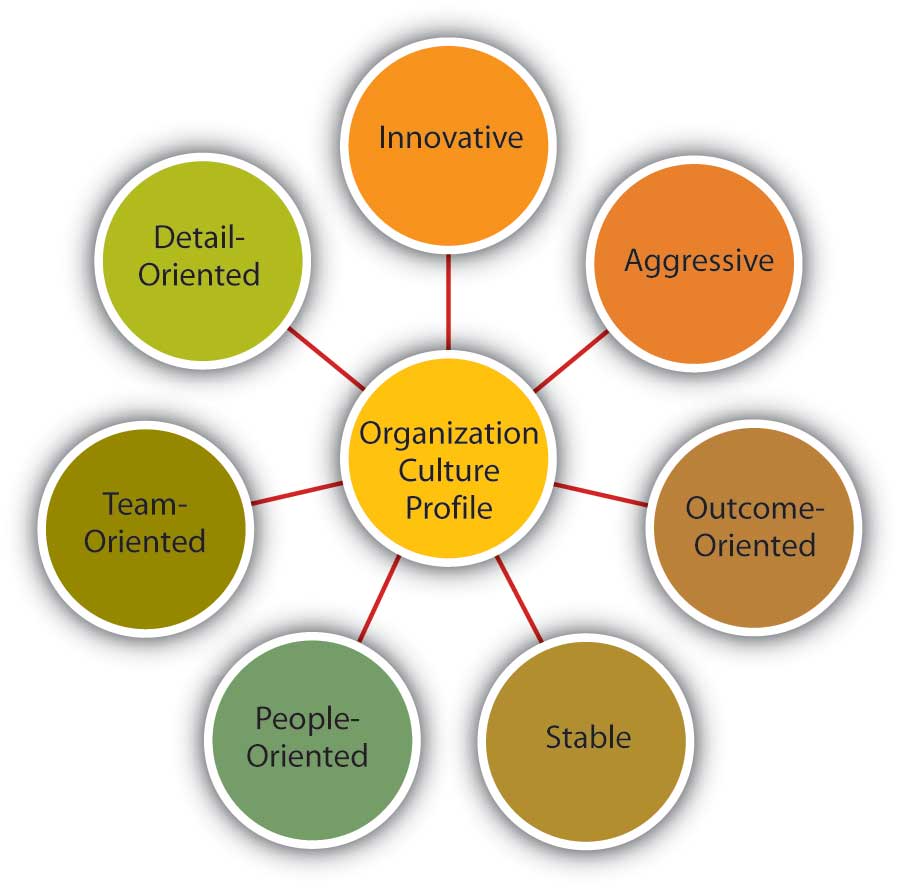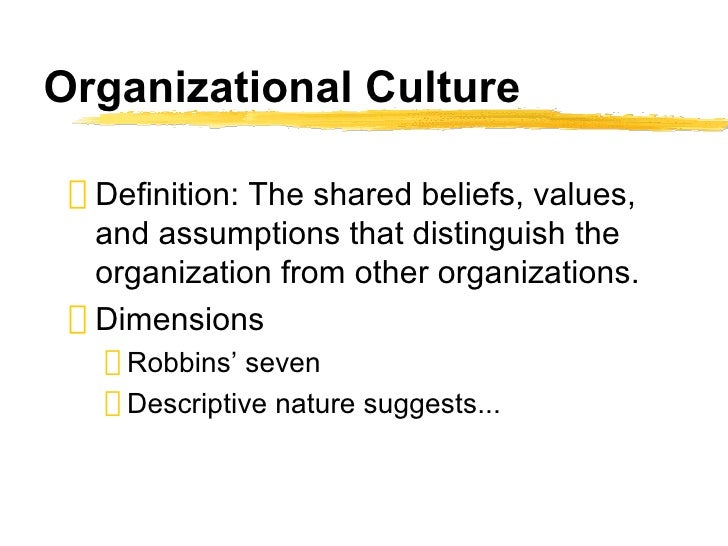Ad Search For Relevant Info Results. Search engine marketing is a method of promotion and advertising to help companies content rank higher among search engine traffic.
 Search Engine Marketing Sem What Is It And Why Is It Important To Smbs
Search Engine Marketing Sem What Is It And Why Is It Important To Smbs
Until relatively recently search engine optimization used to fall under the umbrella term search engine marketing but both have become so complex that SEM and SEO now exist as two separate but closely related entities.

Search engine marketing definition. Search engine marketing SEM is a type of marketing aimed at promoting a website on search engine results pages. While the industry term once referred to both organic search activities such as search engine optimization SEO and paid it now refers almost exclusively to paid search advertising. Ad Thousands of merchants for you to choose from.
Find your Dream Job with Receptix. In layman terms SEM or Search Engine Marketing refers to the practice of using paid advertisements to increase a companys website visibility on search engine results pages SERPs. Search Engine Marketing SEM is the process of gaining market online by purchasing Ads on search engines say Google Yahoo or Bing.
Find your Dream Job with Receptix. Jika Anda menjalankan strateginya dengan tepat Anda bisa memperoleh posisi yang kuat di semua mesin telusur yang ada di dunia terutama pada Google. Search Engine Marketing SEM is a process by which multiple methods are utilized to improve market visibility and exposure for a brand product or service.
SEM mechanisms include Search Engine Optimization SEO social networking bid placement pay-per-click PPC contextual advertising paid inclusion geomapping AdSense and AdWords as well. Get Results from multiple Engines. Securing your website a high position in search results SEM helps you generate more traffic and gain more customers.
The search engines use algorithms to provide the most relevant results to every user. Ad Apply for jobs across top companies locations. Find a product service that you can promote on your website today.
Like search engine optimization SEO search engine marketing SEM helps companies improve the way content is ranked by search engines. Generally search engine marketing refers to paid search marketing a system where businesses pay Google to show their ads in the search results. Ad Apply for jobs across top companies locations.
Ad Thousands of merchants for you to choose from. SEO marketing is the process of improving your websites ranking in search results on Google Bing and other search engines. Search engine optimization is focused on improving your site in order to increase your organic search engine rankings.
Search engine marketing is the process in which a business markets the products and services it offers on the internet primarily through paid advertisements so that they will appear on search. SEM involves the promotion of websites by increasing their visibility in Search Engine Result Page SERP. Find a product service that you can promote on your website today.
Search Engine Marketing sering disebut-sebut sebagai cara pemasaran yang paling bagus untuk menghasilkan web traffic melimpah. Search engine optimization or SEO is different because businesses dont pay Google for traffic and clicks. Get Results from multiple Engines.
Ad Search For Relevant Info Results. Increasing your sites organic ranking helps drive valuable organic traffic to your website. Search engine marketing SEM is a digital marketing strategy used to increase the visibility of a website in search engine results pages SERPs.
Google is one of the most commonly used paid search tools that are used by marketers today. Rather they earn a.
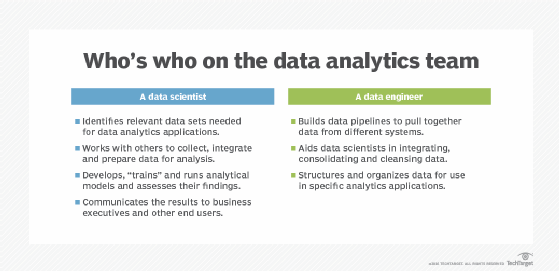
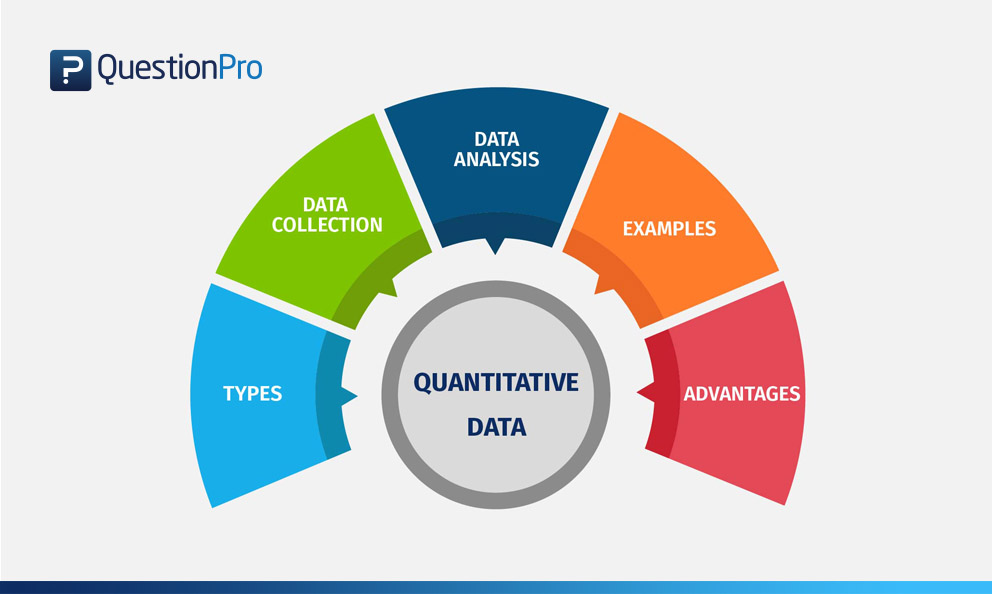








/Lean_Six_Sigma_Structure_Pyramid-671e13ecc9e84e6e922d961234f57124.png)
